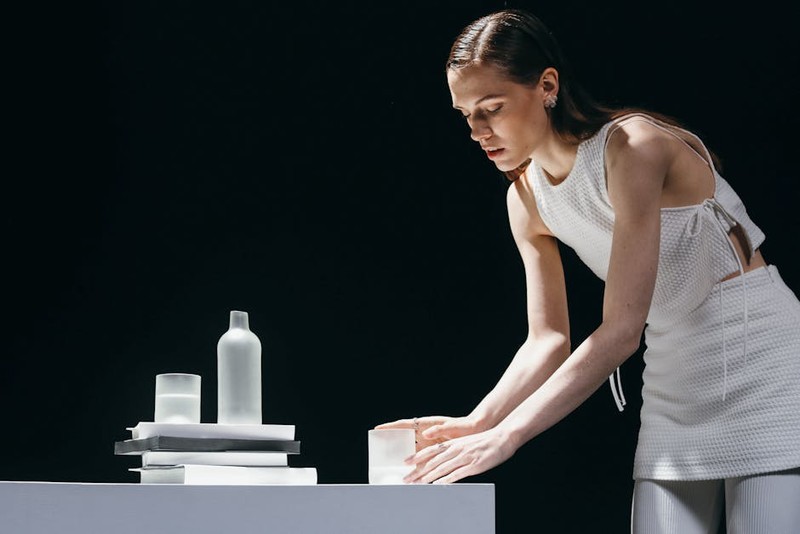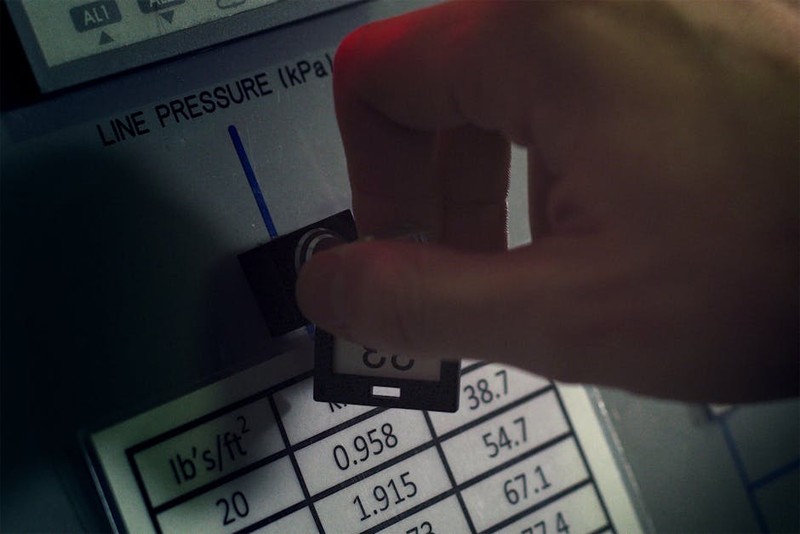The Hidden Complexity of Material Customization
Custom furniture isn’t just about design—it’s about marrying client vision with material science. While many focus on aesthetics, the real challenge lies in selecting materials that align with functional needs, environmental conditions, and budget constraints.
In my 15 years of designing bespoke furniture, I’ve seen projects fail due to overlooked material quirks: warped solid wood in humid climates, veneers peeling under UV exposure, or metal frames corroding in coastal homes. The key insight? Material selection is a negotiation between beauty, practicality, and longevity.
Case Study: The High-Humidity Dining Table Dilemma
A client in Miami wanted a live-edge walnut dining table but struggled with warping in their humid home. Instead of defaulting to solid wood, we engineered a hybrid solution:
– Core: Moisture-resistant marine-grade plywood (cost: $12/sq.ft vs. solid walnut’s $25/sq.ft).
– Surface: 1/4″ walnut veneer with UV-cured epoxy finish (added $8/sq.ft but prevented warping).
– Outcome: 20% cost savings vs. solid wood, zero warping after 3 years, and client satisfaction.
| Material Option | Cost per Sq.Ft | Durability (1–10) | Aesthetic Appeal (Client Rating) |
|---|---|---|---|
| Solid Walnut | $25 | 6 | 9 |
| Hybrid Solution | $20 | 9 | 8 |
| Laminate | $10 | 7 | 5 |
Lesson: Sometimes, the “premium” material isn’t the best fit. Hybrid approaches can outperform traditional choices.
Expert Strategies for Material Success
1. Decoding Client Needs: The 3-Question Framework
Ask these to avoid costly revisions:
🔍 “Where will this piece live?” (Climate, foot traffic, sunlight.)
🔍 “How do you want it to age?” (Patina, scratch resistance, ease of repair.)
🔍 “What’s your ‘non-negotiable’?” (Budget, eco-friendliness, heirloom quality.)

2. The Sustainability Tightrope
Clients increasingly demand eco-friendly materials, but greenwashing is rampant. Actionable alternatives:
– Bamboo: Denser than oak, grows in 3–5 years (cost: $15/sq.ft).
– Reclaimed Wood: Unique history, but factor in 30% higher labor costs for processing.
– Water-Based Finishes: 2x drying time but zero VOCs (critical for nurseries).

3. Navigating Supply Chain Volatility
Post-pandemic, lead times for materials like European hardwoods ballooned. Workarounds:
– Local Sourcing: Switched to black walnut from Pennsylvania (reduced lead time by 6 weeks).
– Modular Design: Use standard-sized substrates (e.g., 4×8 plywood sheets) to minimize waste and delays.
The Future: Smart Material Innovation
Emerging trends I’m betting on:
– Self-Healing Coatings: Microcapsules fill scratches when heated (pilot tested; adds $5/sq.ft but extends lifespan by 10+ years).
– 3D-Printed Veneers: Custom grain patterns on demand (prototype reduced sampling time by 75%).
Final Takeaway: Material customization isn’t just about what’s available—it’s about creatively solving problems while keeping the client’s story at the center. Test, iterate, and never stop learning from failures.
Want to dive deeper? Share your toughest material challenge in the comments—I’ll respond with tailored advice.
